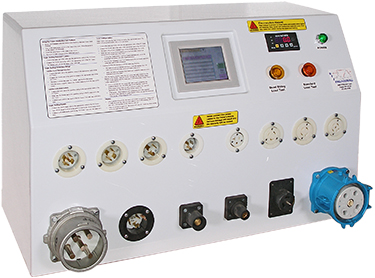Rick Christopherson
Senior Member
I have a power distribution tester that I designed for companies that rent out portable power systems. The idea behind it is that the power cables and distribution panels get modified in the field, and there is no simple and quick way to know if miswiring conditions exist. (If you are curious, here is a description: http://www.rts-engineering.com/)
I originally designed this for companies in the rental business, but recently I have had several cable and panel manufacturers interested in testing all of their products before they leave the factory. This new category of buyer wants my tester to also perform hi-pot testing too. The problem is that I don’t know anything about hi-pot testing, and I was hoping someone here could educate me a little bit.

I originally designed this for companies in the rental business, but recently I have had several cable and panel manufacturers interested in testing all of their products before they leave the factory. This new category of buyer wants my tester to also perform hi-pot testing too. The problem is that I don’t know anything about hi-pot testing, and I was hoping someone here could educate me a little bit.
- Given that the tester operates on anything from a 3-wire to 5-wire system, how would a cable be tested? My guess is that I would connect the HV lead to one conductor at a time, and ground all of the remaining conductors. Is that correct?
- Does the tester need to connect to both ends of the cable, or just one?
- Is there any type of specification document (ISO, UL, etc.) that dictates how a test is performed on cables, such as voltage, duration, method, etc.?
- Does anyone have any sources for a no-bells and whistles tester that I can build into my PLC-based tester and communicate with it?

Last edited by a moderator:

